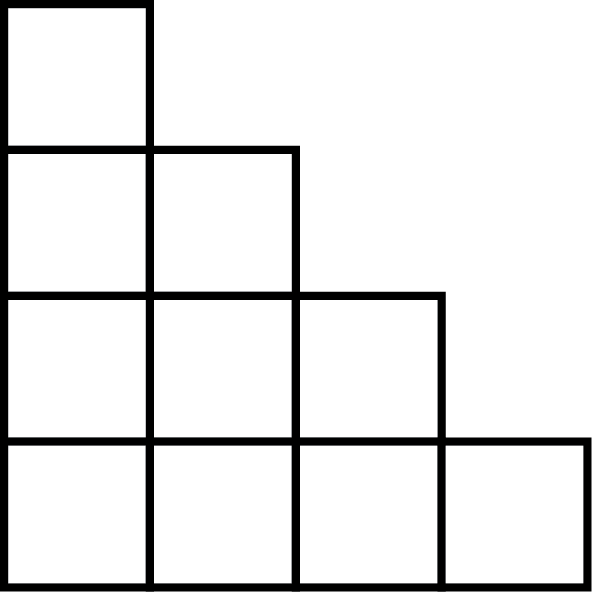11th Grade > Statistics
PRESENTATION OF DATA MCQs
Total Questions : 30
| Page 1 of 3 pages
Answer: Option A. ->
absolute values are converted to percentages
:
A
Although pie charts can be used for absolute values, inferences are easier when percentages are used.
:
A
Although pie charts can be used for absolute values, inferences are easier when percentages are used.
Answer: Option A. ->
Bar Diagram
:
A
The given data is discrete as there is a clear separation between the colors. Hence, bar diagram can be used to represent this.
:
A
The given data is discrete as there is a clear separation between the colors. Hence, bar diagram can be used to represent this.
Answer: Option A. ->
Provides the quickest understanding of data when compared to textual/diagrammatic
:
A and C
Options (a) and (c) are not true. Tabular presentations enable a quicker understanding of data when compared to textual but not diagrammatic. Also, for a huge amount of data it could be time-consuming and need not necessarily be the quickest way to present the data.
:
A and C
Options (a) and (c) are not true. Tabular presentations enable a quicker understanding of data when compared to textual but not diagrammatic. Also, for a huge amount of data it could be time-consuming and need not necessarily be the quickest way to present the data.
Answer: Option B. ->
15 units
:
B
In a histogram, the area of
rectangles corresponds to
the frequency of the classes.
Before combining,
Frequency=10×10+10×20=300
The frequency after combining the classes
also will be the same. Suppose 'h' is the
height of the new class interval. Then,
Frequency=20×h=300⇒h=30020=15
:
B
In a histogram, the area of
rectangles corresponds to
the frequency of the classes.
Before combining,
Frequency=10×10+10×20=300
The frequency after combining the classes
also will be the same. Suppose 'h' is the
height of the new class interval. Then,
Frequency=20×h=300⇒h=30020=15
Answer: Option B. ->
15 units
:
An arithmetic line graph is called as a time-series graph as it is used to represent time-series data.
:
An arithmetic line graph is called as a time-series graph as it is used to represent time-series data.
Answer: Option B. ->
15 units
:
:
Cumulative frequency curve is also known as an ogive.
Answer: Option B. ->
15 units
:
Frequency curve is plotted by joining the midpoints of the top edges of a histogram by smooth wavy lines and curves.
:
Frequency curve is plotted by joining the midpoints of the top edges of a histogram by smooth wavy lines and curves.
Answer: Option A. ->
More than ogive
:
A
In 'more than' ogives, we start with the lower limits of the classes & go on subtracting frequencies of each class. Here, more than cumulative frequencies of number of women is plotted against the lower limit of average monthly income.
:
A
In 'more than' ogives, we start with the lower limits of the classes & go on subtracting frequencies of each class. Here, more than cumulative frequencies of number of women is plotted against the lower limit of average monthly income.
Answer: Option A. ->
Histogram
:
A
In a histogram, the area of rectangles represent the class frequency. Hence, mode can be determined graphically through histograms.
:
A
In a histogram, the area of rectangles represent the class frequency. Hence, mode can be determined graphically through histograms.
Answer: Option A. ->
Sum of the frequencies of all the class intervals
:
A
It represents the sum of frequencies of the given table.
:
A
It represents the sum of frequencies of the given table.

















